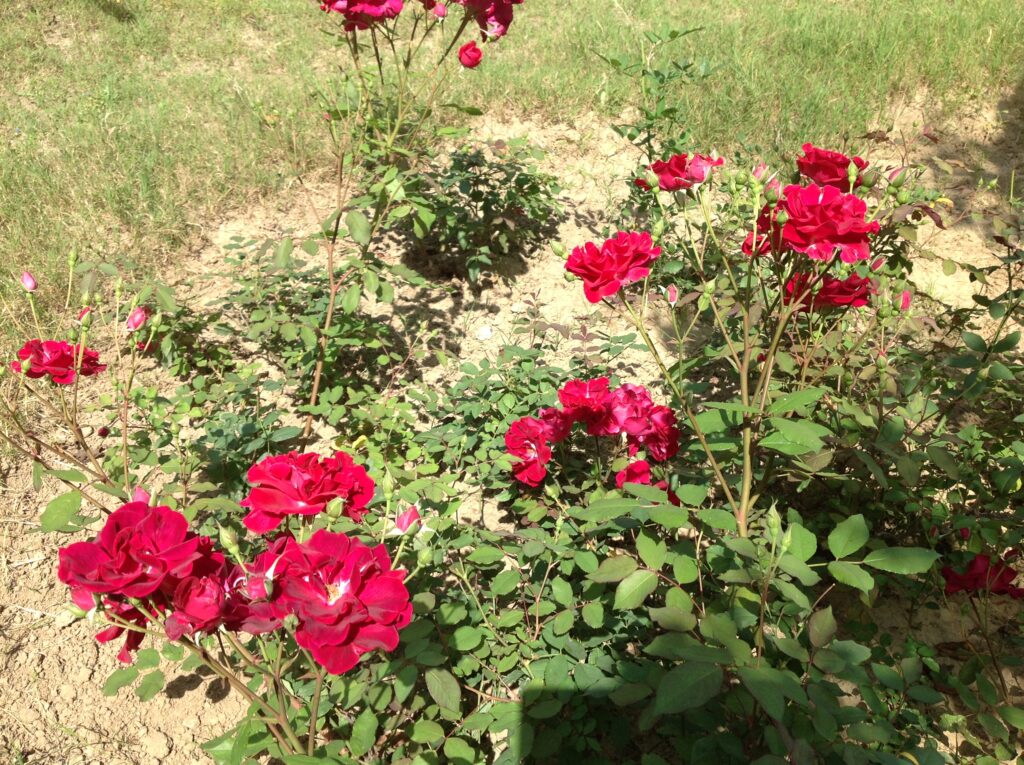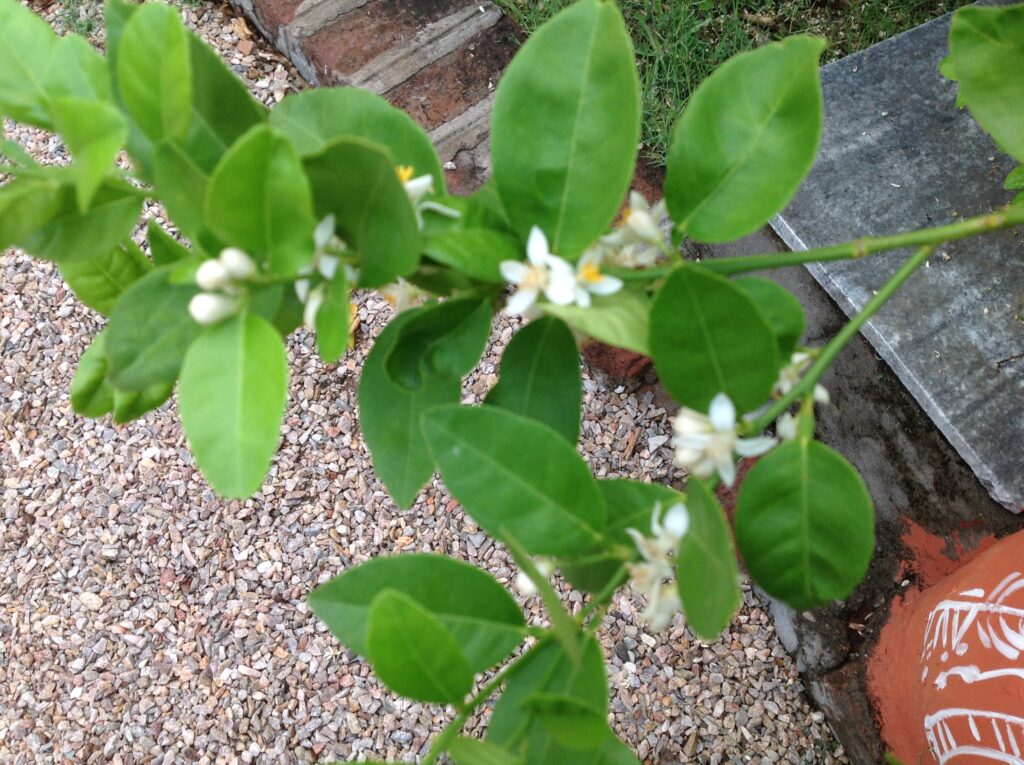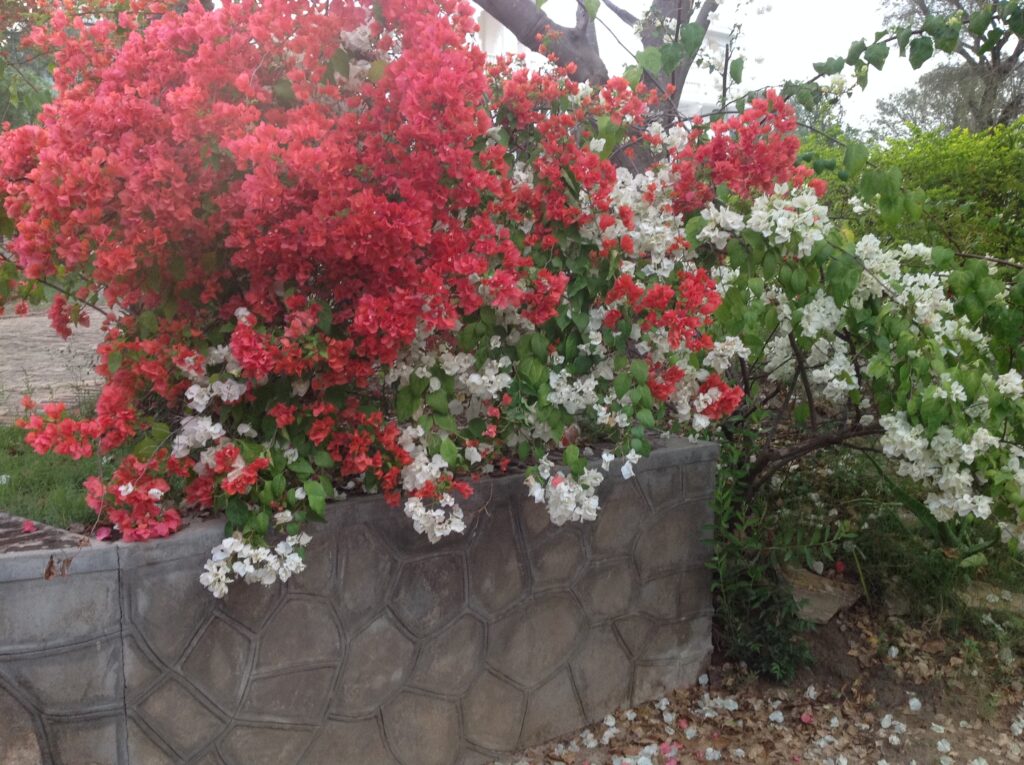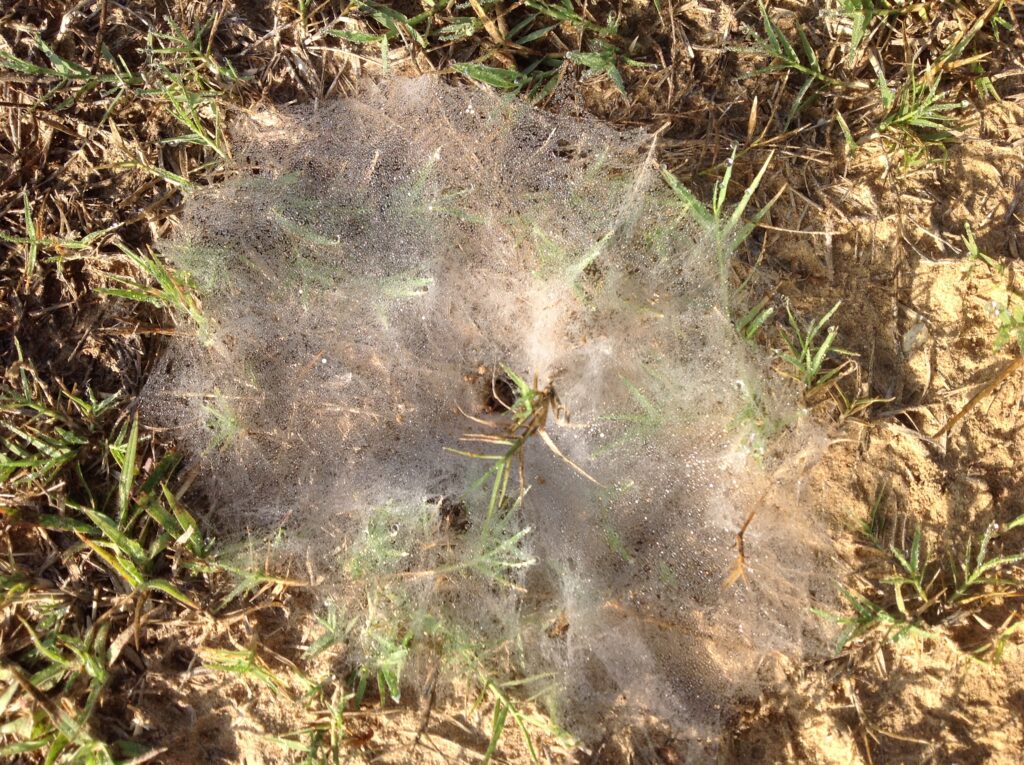Savista Salutes the Spring Equinox, New Year, and Nature’s Renewal
Over March 20/21 – when the world in the northern hemisphere was bonding over the Spring Equinox, the special day in the year of equal day and night – special things began happening at Savista too!
As if due to just that little bit of extra warmth in the sun and that slightly longer day, the rose bushes which had stood looking self deprecating and anonymous through the winter burst into riotous and sweet smelling bloom. The sweet-lime trees and lemon trees were covered in fragrant white flowers. And the pomegranate bushes were pushing out bright red lantern-shaped flowers. All of them will nourish us through the summer. Other late-blooming spring flowers were also seriously in business – purple clusters of Petria, white Star Jasmine, pink Lagerstromia, and golden-yellow Tecomia. Faithful perennials like Bouganvillea (in many colours) and Hibiscus (in crimson, pink and white) continue to light up the grounds. The dew sits gently on the grass at dawn, inviting barefoot walkers. Spiders work hard to weave intricate webs studded with diamonds. And birds, butterflies and bees have become super busy.
In many parts of India, new year was celebrated yesterday. As Ugadi in Andhra Pradesh and Karnataka. As Gudi Padwa in Maharasthtra. And as Cheti Chand by the Sindhis who straddle both western India and eastern Pakistan and follow a composite faith, and for whom the worship of water is central to this important festival. The Parsis, mostly concentrated in western India and upholders of the ancient Zoroastrian faith, honoured March 21 as the start of their new year too. Called Nowruz, it is a celebration that they share with a swathe of other Asian cultures – Iran, Iraq, the former Soviet Central Asian republics, Kurdistan, Afghanistan, and even Kashmir – who were similarly influenced by Zoroastrian rituals that were once central to the Persian civilisation.
In north India, where the Hindu Vikram Samvat calendar is popularly followed, March 21 marked the start of the new lunar year. For Hindus across India, March 21 was also the start of Vasanta Navratri, the nine holy days and nights of spring that are dedicated to the worship of the goddess, the symbol of energy. In Rajasthan, this Navratri is epitomised by the festival of Gangaur. The fasting that accompanies these nine days is believed to prepare the body for the seasonal change to the warmer weather that follows spring.








